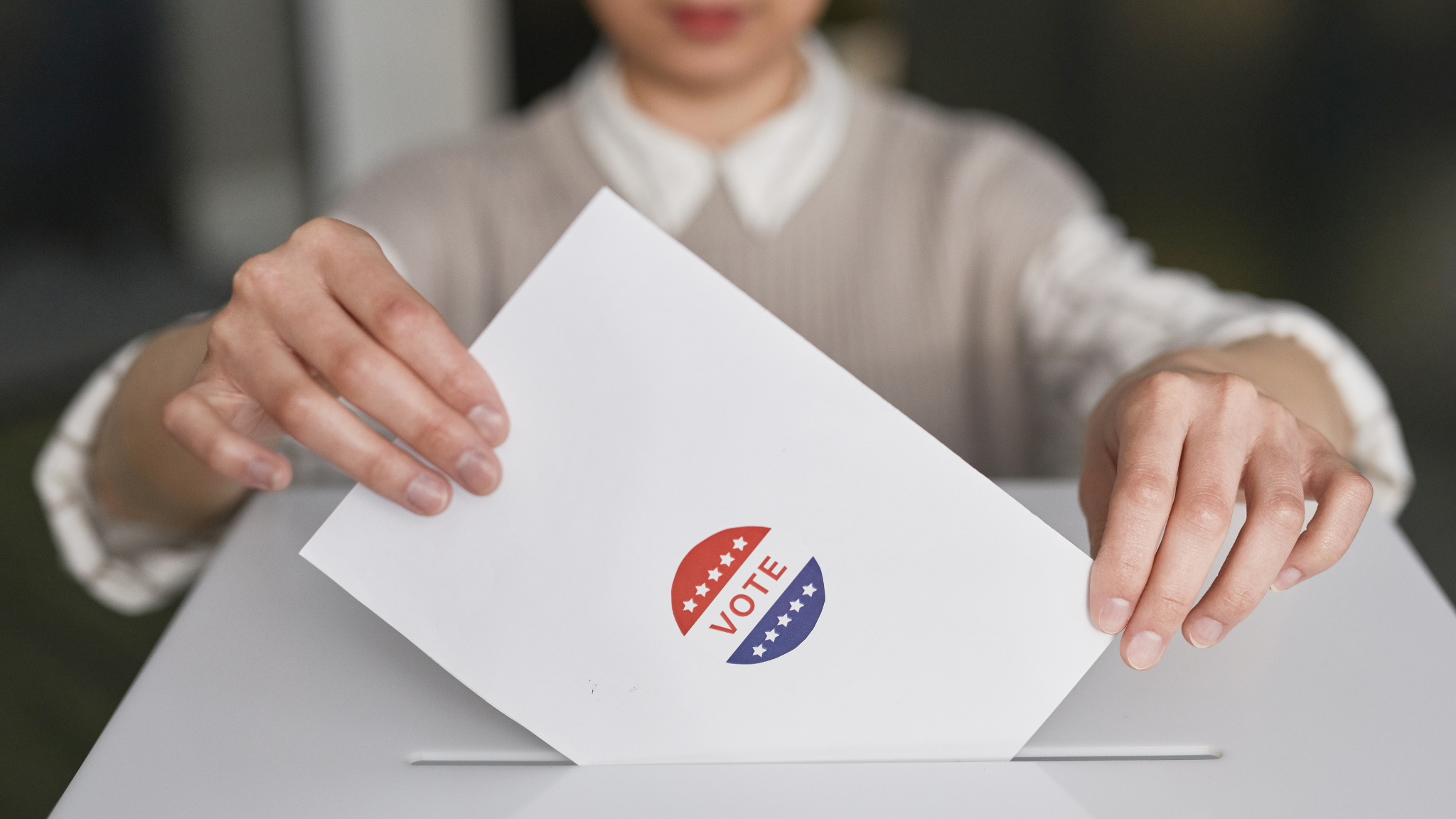Interested in electoral reform and electing more women, but overwhelmed by the prospect of…
Ranked-Choice Voting: Promoting Fairness and Inclusion in Elections

In April 2025, Oakland, California conducted its fifth mayoral election utilizing ranked-choice voting (RCV). Several other cities in the United States, such as Minneapolis and New York City, have implemented RCV in certain elections in recent years. Supporters of RCV highlight the steps of Oakland, and other cities, as an effort to make elections more fair and representative, while also proposing that voting system reform could be one possible way to address the issue of women’s underrepresentation in elected offices.
Ranked-choice voting provides key benefits, such as allowing voters to rank multiple candidates in order of their preference, rather than voting for one single candidate. With this system, voters are given the opportunity to voice their preferences, without the worry of having to choose only one candidate or the candidate that has the greatest chance of electoral success.
Ranked-choice voting also helps facilitate positive campaigning. Candidates are encouraged to seek broader support by reaching out to voters who may rank them as their second or third choice. Rather than negatively campaigning against their opponents, candidates are encouraged to appeal to a larger base of voters. RCV has the ability to encourage campaigning that focuses on issues and voter concerns, rather than negative attacking that is commonly present in elections today.
A poll conducted in 2024 and published by FairVote/SurveyUSA found that 77% of Oakland voters are satisfied with the city’s use of RCV in elections, indicating public support for RCV and its ability to facilitate efficiency and fairness. Additionally, ranked-choice voting is gaining attention for its ability to address the underrepresentation of women in public office. Traditionally used voting systems, such as plurality voting, often contribute challenges that impact underrepresented candidates, such as women. The incumbent advantage and vote splitting are both commonly experienced barriers that arise for candidates. Supporters of RCV propose that this voting system could help address women’s underrepresentation, by leveling the impact of barriers present in commonly used voting systems. RCV’s ability to promote positive campaigning and voter choice can foster inclusion and representation, while encouraging diverse candidates to run for office. The measures taken by several cities that have implemented RCV offer support to suggest that ranked-choice voting can result in beneficial advantages for elections and representation.
Editor’s Note: According to the American Academy of Arts & Sciences, 17 states are considering Ranked Choice Voting (RCV) adoption in 2025. Nine states currently use RCV for some elections, and 13 states currently prohibit RCV.
Link for American Academy of Sciences data: https://www.amacad.org/news/federal-state-legistlation-ranked-choice-voting






